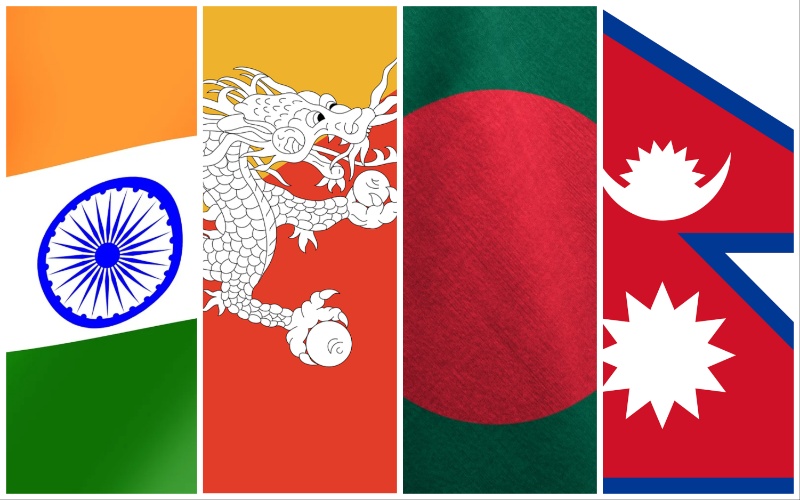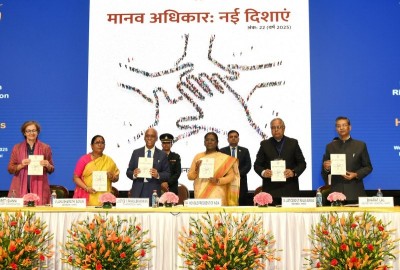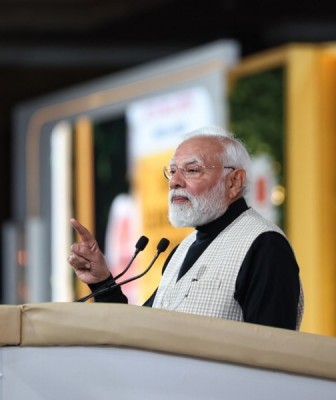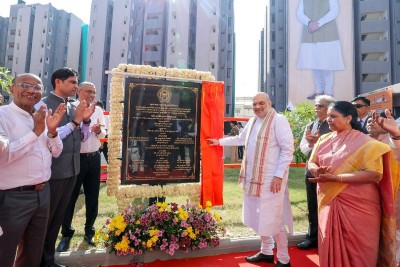 BBIN MVA
BBIN MVA
Implementing BBIN MVA requires a mixture of top-down and bottom-up approach
Lack of trust and capacity are two major hurdles hindering implementation of the Bangladesh-Bhutan-India-Nepal (BBIN) Motor Vehicles Agreement (MVA). To expedite its implementation, there is need to ensure losers emerge winners post-implementation of the BBIN MVA.
Possible ways to achieve this include ensuring that BBIN MVA emerges as a comprehensive mechanism to increased people-to-people contact, boost in tourism and trade, help transport corridors emerge economic corridors, and most importantly lead to creation of efficient supply chains.
BBIN countries geographical proximity
The four countries in the BBIN subregion, namely Bangladesh, Bhutan, India and Nepal, are uniquely positioned.
The nearest border of all the four countries falls within a radius of 200 km.
The central point that connects all the four countries is Siliguri in the Indian state of West Bengal. Siliguri borders Nepal on its west and Bangladesh on its east.
The distance between Siliguri and Bangladesh’s border at Banglabandha is about 19 km, and it is 28 km from the India-Nepal border at Panitanki-Kakarbhitta.
Thus, vehicles from Bangladesh and Nepal can cross over to each other’s territories through India approximately in an hour with a smooth transit.
The nearest border of Bhutan at Phuentsholing is about 150 km from Siliguri.
Geographical and cultural proximities are usually considered enablers to intra-regional connectivity and trade. Lackluster progress in implementation of the BBIN MVA over the last seven years, however, reflect that geographical and cultural proximities have not worked for the subregion.
It may be recalled the Agreement was signed in 2015, and is considered to be the most ambitious agreement to facilitate seamless cross-border movement of people and cargo from one country to others.
What constrains the implementation of the BBIN MVA?
Anecdotal evidences suggest that issues and challenges encountered by the BBIN countries in the implementation of the agreement varies from country-to-country.
These are primarily linked to their economic size and capacity.
Out of the four countries in the subregion, while India and Bangladesh are larger countries in economic size and capacity, other two countries Bhutan and Nepal are landlocked, of smaller sizes, and have lower capacity.
These two countries are mostly dependent on India’s roadways, railways and waterways for their third country exports and imports.
In view of this, there is a feeling among stakeholders in Bhutan and Bangladesh that gains from such an arrangement may be appropriated by bigger countries in proportion to their economic size and capacity. Several other economic and political challenges are also impacting implementation of the agreement.
A study based on stakeholders perception reveals several political-economic challenges hindering implementation of the agreement.
It is also observed that the intensity of these issues and challenges varies from one country to others. For instance, major issues for Bhutan include adverse impact the environment and green economy, employment for unskilled labourers, tourism sector, and security issues in the country.
Stakeholders from Bangladesh believe that while its transport sector will be affected adversely due to free movement of vehicles, employment of unskilled labourers, medium and small-scale industries, agricultural and fisheries, and the environment would also be affected. Major issues for Nepal, as per stakeholders, include adverse impact on medium and small-scale industries, employment for unskilled labourers, environment and roads infrastructure.
Consultations with the stakeholders in the four countries reveal high level of optimism among stakeholders that BBIN MVA will strengthen cross-border connectivity and increase intra-regional trade.
Most of the stakeholders are of the opinion that the implementation of the BBIN MVA will promote trade-led integration and will strengthen connectivity and trade in the subregion in the sub-region compared to other existing bilateral agreements.
A significant number of stakeholders in the four countries are also optimistic that the agreement will be implemented soon.
Implementing the BBIN MVA?
The current state of BBIN MVA has characteristics of a bundle of ‘optimism and apprehensions’ for stakeholders.
Apprehensions are further aggravated by sub-optimal awareness and inherent benefits of the agreement among stakeholders.
For example, transporters in Nepal consider BBIN MVA an extension of the India-Nepal motor vehicles agreement that allows Indian trucks to cross border and return in next 72 hours, while restricts cross-border movement of Nepali trucks.
Addressing stakeholders’ apprehensions calls for adopting ‘a mixture of top-down and bottom-up approach’ wherein while concerns of stakeholders are duly addressed along with along with their misperceptions.
Possible ways to achieve this include ensuring that BBIN MVA does not remain just a cross-border connectivity arrangement, rather it emerges as a comprehensive mechanism to increased people-to-people contact, boost in tourism and trade, help transport corridors emerge economic corridors, and most importantly lead to creation of efficient supply chains which will tide over emergency situations as in the case of Covid-19. This could be ‘BBIN MVA-Plus’.
While such ideation requires involvement of all stakeholders, multilateral agencies, like ADB, World Bank and UNESCAP have bigger role to play in this.
The process could start with undertaking feasibility studies of transforming two transport corridors into economic corridors which have been proposed to be included under the BBIN MVA. Both of these corridors connect Nepal to Bangladesh through India. This could help addressing most of the stakeholders’ apprehensions.
(The Author is a Fellow, BRIEF, a global think-tank on trade, transport connectivity and economic development)
Support Our Journalism
We cannot do without you.. your contribution supports unbiased journalism
IBNS is not driven by any ism- not wokeism, not racism, not skewed secularism, not hyper right-wing or left liberal ideals, nor by any hardline religious beliefs or hyper nationalism. We want to serve you good old objective news, as they are. We do not judge or preach. We let people decide for themselves. We only try to present factual and well-sourced news.







